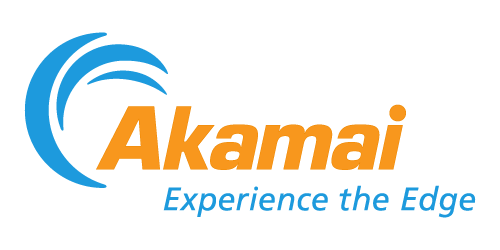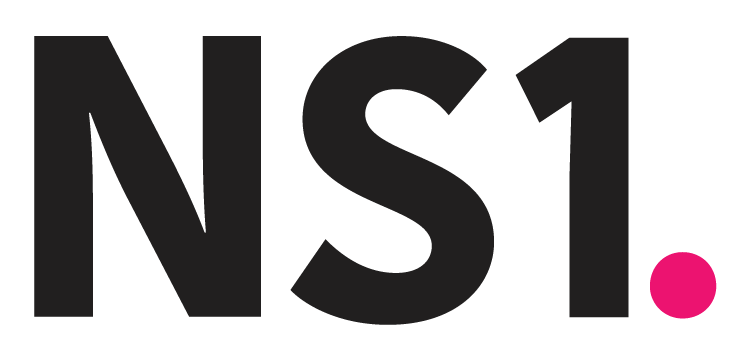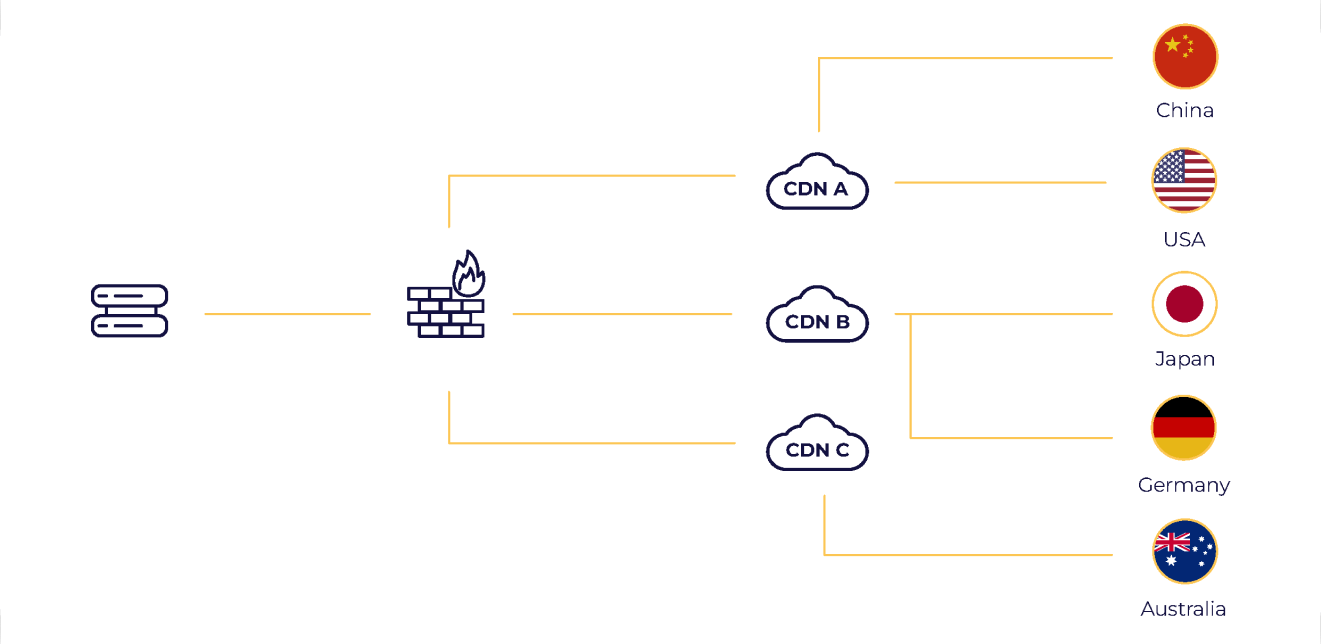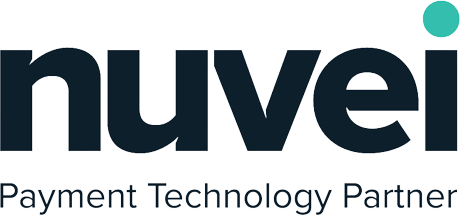Web Security
Covered doesn’t mean protected.
Businesses and hackers are in a constant, ruthless arms race. To protect customer data, site availability, and your brand reputation, you must always be one step ahead of attackers with the most up-to-date solutions for each critical endpoint.

Go Beyond Legacy Solutions
We at GlobalDots hunt for the most cutting edge and relevant technologies out there.
Once tested and found qualified we bring you the most certified innovative products out there for every pressing use case.

Effective Web Security Principles
Big Data capabilities are crucial for timely attack detection in traffic-heavy assets. To minimize an attack’s potential damage, detection must be accompanied by automated response.

While reporting and threat mitigation might each take place in a different product, they should integrate in a manner that increases visibility and the ease of acting upon insights & alerts.

Web security solutions are threat-specific. To reduce excessive spend and noise, Your stack should include all (and only) those relevant to your vulnerability map.

Your solutions should effectively isolate malicious traffic while minimizing downtime & friction in user journey or in critical workflows, such as feature rollouts.

FAQs
-
What is meant by web security?
By “Web security” we refer to the strategies, technologies, and practices designed to protect web applications and websites from various threats and attacks that could exploit vulnerabilities. The main attention is focused on:
- Application Level protection: following OWASP 2021 recommendations, it’s necessary to protect the modern web apps from various vulnerabilities like SQL injection, Cross-Site Scripting (XSS), and Cross-Site Request Forgery (CSRF). A Web Application Firewall (WAF) is commonly deployed to inspect HTTP traffic and block malicious payloads targeting these vulnerabilities.
- Bot Management: While search engine crawlers are harmless, many bots are designed for scraping content, launching brute-force attacks, or executing distributed denial-of-service (DDoS) attacks. Bot management solutions analyze behavioral patterns, IP reputation, and client-side signals to distinguish between legitimate traffic and malicious bots.
- DDos protection: DDoS protection platforms absorb and deflect malicious traffic by leveraging a distributed network of servers. They distinguish malicious traffic from legitimate user traffic using sophisticated rate-limiting, challenge-response methods, and anomaly detection.
- Authentication and Access Control: Robust authentication mechanisms, such as multi-factor authentication (MFA), ensure that only authorized users can access web services. Furthermore, proper session management is vital to prevent session hijacking attacks, where an attacker impersonates a legitimate user by stealing their session cookies or tokens.
- Encryption: HTTPS, secured by TLS encryption, prevents man-in-the-middle attacks, where attackers could intercept and modify the communication. This ensures users are communicating with the intended website and their data (for example, passwords, credit card numbers) remains secure
-
What technologies are used for Web security?
We can leverage a wide range of technologies to safeguard and protect websites and web apps. These technologies could operate at different layers—network, application, and transport—to create a layered/defense-in-depth security strategy.
- CDN – Content Delivery Networks: A CDN distributes web content to users from geographically closer servers to improve load times and availability while also providing security benefits. In fact, CDN offers security features like traffic encryption, DDoS mitigation, Bot Management, and WAF integration.
- TLS Encryption: Transport Layer Security establishes trust between the user and the website, ensuring confidentiality and data integrity, essential for e-commerce, banking, and sensitive data transmissions.
- WAF – Web Application Firewall: WAFs provide application-layer security by blocking attacks targeting application vulnerabilities, a key defense against the OWASP Top 10 vulnerabilities. It inspects incoming and outgoing traffic for malicious content such as SQL injection, Cross-Site Scripting (XSS), and Cross-Site Request Forgery (CSRF) attacks.
- Bot Management: Bots account for a significant portion of web traffic, and malicious bots can perform tasks like brute-force attacks, DDoS, and scraping of sensitive content. A Bot management solution analyzes behavioral patterns, client-side signals (e.g., JavaScript execution), and reputation databases to differentiate between malicious bots (e.g., account takeover, credential stuffing) and legitimate traffic.
- DDOs protection: Uses traffic analysis, rate limiting, and geo-blocking to identify and block malicious traffic at scale. These solutions often use globally distributed edge networks to absorb large attacks.
- Secure APIs: These solutions protect web APIs from unauthorized access and ensure secure communication between microservices or web components. Technologies like OAuth 2.0 or JSON Web Tokens (JWTs) secure API endpoints by ensuring that only authorized clients can access them. API gateways can also enforce rate limiting and access control policies.
-
What are the major security issues faced by web services?
The security issues faced by web services are numerous and multifaceted, ranging from application-layer vulnerabilities to underlying infrastructure weaknesses. A robust defense-in-depth approach that incorporates secure coding practices, regular vulnerability scanning, patching, and real-time monitoring is essential to mitigating these risks. Web services should be continuously audited, tested, and monitored to adapt to the evolving threat landscape. According to OWASP, the Top 10 well-known critically are:
- Injection Attacks: Attackers manipulate input to execute unintended commands, leading to data breaches or system compromise. Mitigate with input validation and parameterized queries.
- Cross-Site Scripting (XSS): Malicious scripts injected into web pages affect users. Prevent proper input sanitization and Content Security Policies (CSP).
- Cross-Site Request Forgery (CSRF): Forces users to execute unwanted actions. Mitigate using anti-CSRF tokens and SameSite cookies.
- Broken Authentication: Weak authentication and session management lead to unauthorized access. Use MFA, strong session handling, and secure cookies.
- Insecure API Endpoints: APIs lacking proper security controls can lead to data leaks or unauthorized access. Protect with OAuth, rate limiting, and input validation.
- Sensitive Data Exposure: Improper handling of sensitive data (e.g., unencrypted transmission) leads to data theft. Ensure encryption in transit and at rest.
- Misconfiguration: Leaving default settings or unpatched systems exposes web services to attacks. Regular audits and patch management are key.
- Denial of Service (DoS/DDoS): Overwhelms services with traffic, making them unavailable. Use DDoS protection, rate limiting, and CDNs.
- Insufficient Logging and Monitoring: Failure to detect breaches in time. Ensure comprehensive logging and real-time monitoring.
- Third-Party Dependencies: Vulnerabilities in libraries or frameworks can be exploited. Regularly update and scan dependencies.
-
Why do I need a secure web gateway?
A Secure Web Gateway ensures comprehensive web traffic control, providing security, visibility, and compliance across the organization’s internet activity. It’s a critical defense tool in today’s threat landscape, where web-based attacks and data breaches are on the rise. It keeps users safe, enforces policies, and minimizes risk across the organization. It is essential for providing a robust layer of protection for your organization’s internet access and web-based activities and helps on: dd
- Protecting from web-based attacks: SWGs act as a filter between users and the internet, inspecting and controlling web traffic to prevent malicious content from reaching endpoints. This includes blocking access to phishing sites, malware, ransomware, and other web-based threats that can compromise your network. It can also prevent downloads of infected files or harmful scripts from malicious websites.
- Enforcing Security Policies: An SWG allows administrators to enforce company policies on internet usage. You can control which websites users can access, block harmful or inappropriate content, and apply policies based on roles, user groups, or locations.For example, you might block access to gambling or adult websites in a corporate environment or prevent access to high-risk categories.
- Preventing Data Loss (DLP Integration): Many SWGs integrate Data Loss Prevention (DLP) features to protect sensitive data from being accidentally or maliciously sent outside the organization through web channels, such as email, file uploads, or cloud applications.
- Shadow IT Monitoring: SWGs help monitor and control access to unsanctioned cloud applications which may not meet your security standards. This ensures that users only use approved cloud services, reducing the risk of data leaks or security breaches
- Blocking Malicious URLs and Phishing Attempts: SWGs provide URL filtering capabilities, allowing you to block access to known malicious websites, domains, or IP addresses that could be part of phishing or fraud attempts.
































